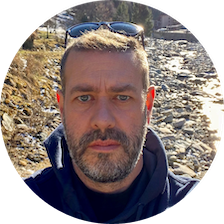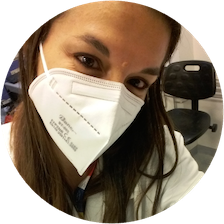Project description
The project aims to develop a community-specific, immersive art installation illuminating JRC research on plastic particulates and their potential threat to humans as they enter the food chain as microplastics and nanoplastics. Specifically, it will highlight methodologies for identifying and quantifying microplastic concentrations in public drinking water and for studying nanoplastic digestion by bioindicator species. Constructed entirely from physical and digital plastic-based materials, Plastic Magnitudes will offer a creative learning environment where viewers can positively experience, process, and discuss new perspectives on the puzzling life cycle of plastics. This captivating, multisensory experience will place viewers (and their community) at the center of the highlighted research on plastic, connecting them directly as contributors to the problem and solution.
Check out a brand new Plastic Magnitudes website.
JD Whitman is an installation artist, educator, and ocean advocate conducting interdisciplinary research in the United States and Ireland. Andrea Valsesia, Dora Mehn, Jessica Ponti and Marisa Sarria Pereira De Passos work in Unit F.2, researching nanoplastics and bioindicators, while using scanning electron microscopy. Marisa is also part of the NANOPLASTICS project as part of the Centre for Advanced Studies, working on methods and strategies for the widespread detection and environmental monitoring of nanoplastic pollution. Danijela Brkovic and JD met at the Summer School and Daijela will help ensure that the link between the presented research and current EU policy is accurately translated to viewers.
What drives this project?
I'm interested in how negative ecological emotions are affecting the public's ability to process information. How do you start to change a crisis, an environmental crisis? You have to learn about the crisis, and you have to learn what you can do. However, current environmental crises are so big and large-scale that people are becoming desensitized to them, or they are too overwhelmed to act, or they are terrified, and they just freeze up. When these negative emotions start to happen, cognitive processing shuts down.
So, how do you share with people information on these large-scale, horrific crises without causing them to shut down? How do you get the information to a viewer positively, so that once they have the information, they can process it and then act upon it to help the situation? These questions are kind of what we came into this project with. How are we going to take this really scary, scary, scary information and present it to the public in a way that's going to connect on an individual level and a community level, but then also not scare them off? We want people to be able to understand so that they can act and take responsibility.

JD Whitman, Artist




